Indonesian cuisine is often talked about like it is some kind of holy grail of Southeast Asian food. The reality is very different. The sprawling archipelago has thousands of islands and a dizzying array of regional cooking styles but the food is massively overrated. More often than not, what you get is greasy, overly sweet, or just bland. That is the truth many tourists discover once they start traveling beyond the hype.
If you are a real foodie looking for subtlety and refinement Indonesian cuisine will let you down. The heavy use of palm oil, sweet soy sauce, and repetitive frying means many dishes become monotonous. If you want to find genuinely good food you will have to dig deep and accept the ups and downs of eating across the region.
Most tourists only see the popular islands like Bali and Java but Indonesia stretches east to places like Timor and the Maluku Islands. These lesser-known regions have different food cultures, but they are no guarantee of a better meal. Sometimes it is just different, not necessarily better.
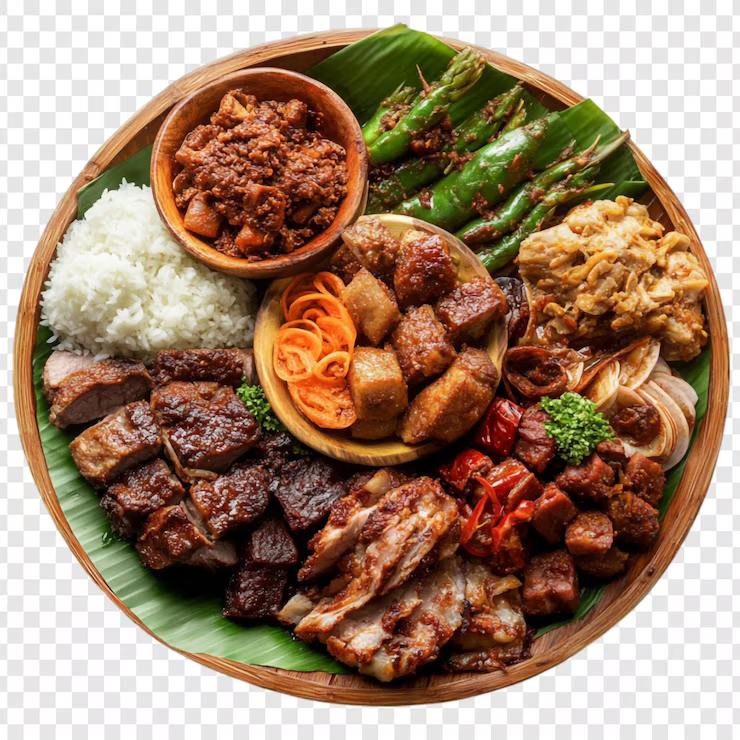
Why Indonesian Cuisine Can Disappoint
A big issue with Indonesian cuisine is the ubiquity of frying. Almost everything is fried in palm oil. This leaves a greasy residue that weighs down many dishes. If you have eaten fried rice or fried noodles anywhere else in Asia you might expect Indonesia to be in the same league. It is not. The fried rice here tends to be heavy, sticky, and oversweetened with kecap manis, a thick sweet soy sauce. The balance between sweet, salty, and spicy is often off.
Indonesian food relies heavily on a handful of spices like turmeric, garlic, coriander, and chili. But instead of subtle layering, these spices are often thrown in with a blunt force approach. This creates a flavour profile that can feel one-dimensional. The obsession with sweetness makes many dishes cloying, especially for Western palates not used to sugar in savoury food.
Another disappointment is the repetition of dishes. Whether you are in Java, Sumatra, or Maluku many dishes look and taste similar. Rice, noodles, fried meat, chili sauce, and boiled vegetables make up the bulk of what you will find. It is hard to find freshness or contrast.
Regional Differences Matter
Indonesia is huge and the food varies widely from one island to the next. Understanding these differences is essential if you want to make the most of your trip.
Java
Java is Indonesia’s political and cultural core. The food here tends to be sweeter than other regions thanks to palm sugar. Dishes like gudeg, a young jackfruit stew, are sweet and often bland. The famous nasi goreng or fried rice is oily and lacks the complexity you might expect. Java’s food is safe and predictable but not exciting.
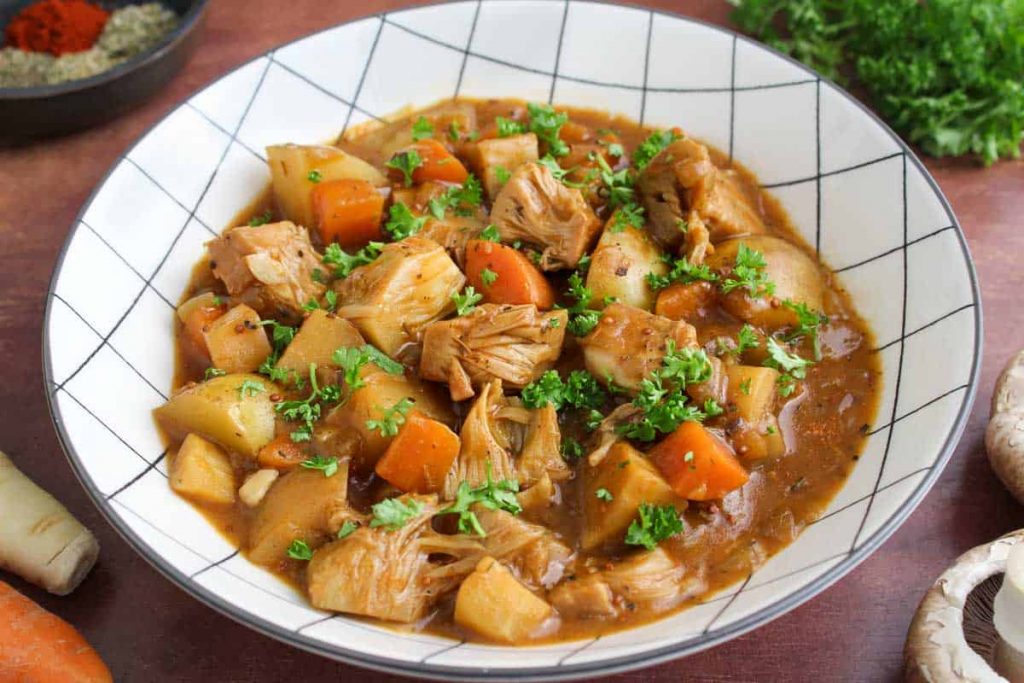
Sumatra
Sumatra offers richer and spicier fare. Padang cuisine with its famous rendang or slow-cooked beef in coconut milk and spices is the star. Rendang is one of the few Indonesian dishes that has global recognition and for good reason. It can be deeply flavoursome and tender. But even rendang can become repetitive after a while. Aceh in northern Sumatra shows clear Middle Eastern and Indian influences with its curries and seafood dishes, which tend to be more robust.
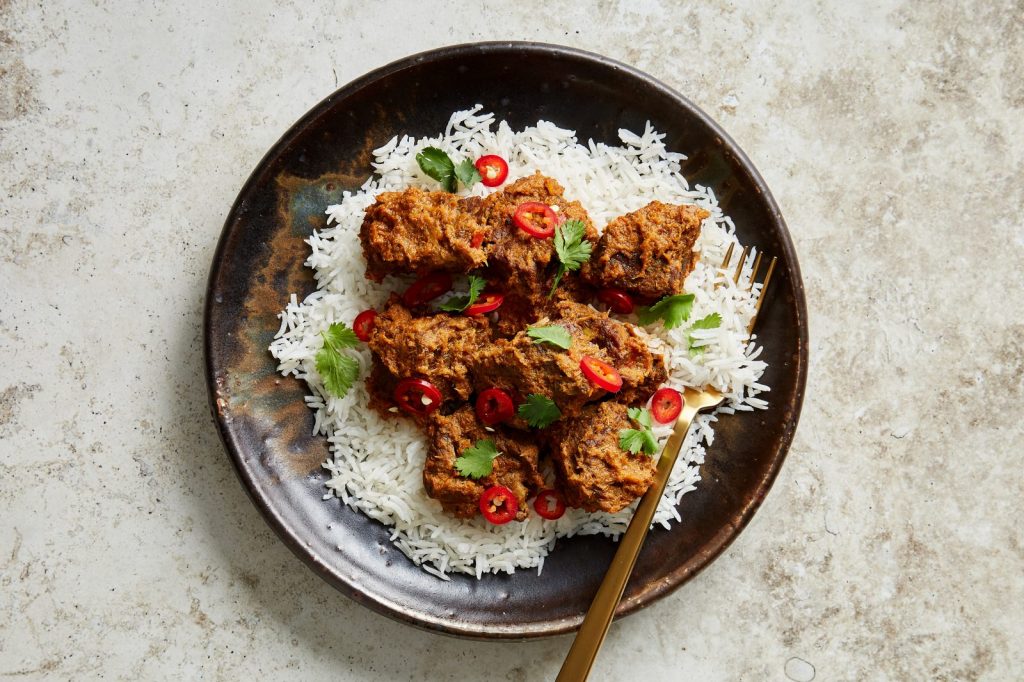
Sulawesi
Sulawesi is a mixed bag. Some dishes like coto Makassar, a beef soup, are hearty and satisfying. However, some of the local cuisine involves fermented fish and offal, which can be challenging for most visitors. Manado food from this region is famous for its boldness but is often too strong and salty.
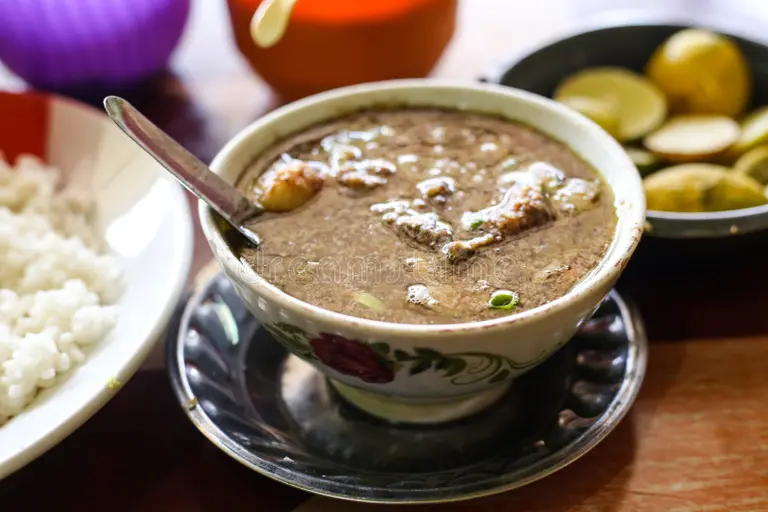
Maluku
The Maluku Islands were once the famed Spice Islands but today their food is simple, salty, and oily. Fish dominates the diet but is usually fried or grilled with minimal seasoning. It is rustic rather than refined. The local palm wine called saguer is popular but rough in taste and more about culture than enjoyment.
Timor
Timor’s cuisine differs from the rest of Indonesia and leans more towards Melanesian and Portuguese influences. The food is straightforward with grilled fish, root vegetables, and corn. It is less spicy and less oily than many Indonesian dishes. Chilli is used sparingly. The coffee here is often better than what you find on Java or Bali. Timor offers a refreshing break from the usual Indonesian flavours but does not promise gourmet experiences.

Bali
Bali has the best-known food scene in Indonesia and often the most tourist-friendly. Dishes like babi guling, spit-roasted suckling pig, and lawar, a spicy meat salad, can be flavourful and satisfying. However, much of Balinese cuisine has been westernised for visitors, and the quality varies widely. It is easier to find good food here but expect to pay more.
Top Ten Indonesian Foods to Try
Here are the best dishes worth your time if you want a genuine taste of Indonesian cuisine.
- Rendang – slow cooked beef in spices and coconut milk, arguably the best Indonesian dish
- Babi Guling – Balinese roast pork, rich and spicy but not for everyone
- Soto Ayam – chicken soup with turmeric and noodles, simple and comforting
- Nasi Campur – mixed rice with various small dishes, a decent way to try different flavours
- Gado Gado – boiled vegetables with peanut sauce, a good vegetarian option
- Satay – grilled meat skewers, often oily but satisfying and widely available
- Sate Lilit – minced fish satay from Bali, more refined than regular satay
- Coto Makassar – beef soup from Sulawesi, hearty and flavourful
- Papeda – sago starch staple in eastern Indonesia, very unusual texture and taste
- Ayam Betutu – Balinese slow cooked chicken with a complex spice blend
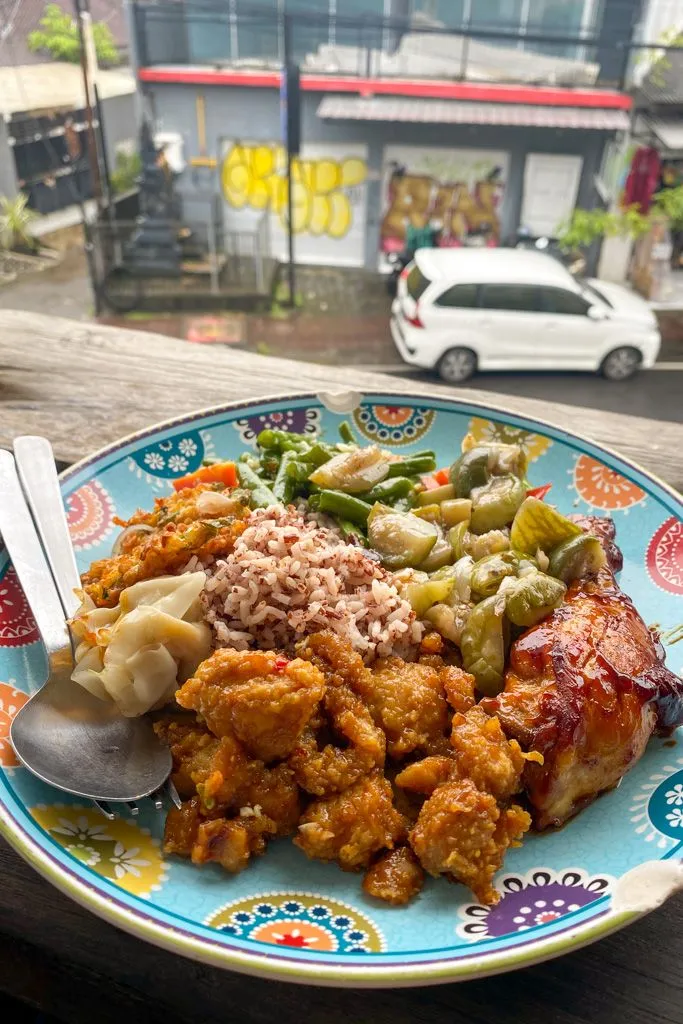


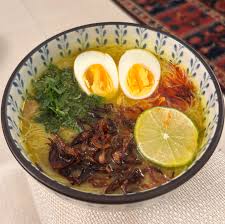

Top Ten Indonesian Drinks to Try
Alcohol is not as widely consumed as in other countries due to religious and cultural reasons. However, there are some local options to explore alongside coffee and sweet drinks.
- Bintang Beer – the national lager, light and cheap
- Arak Bali – traditional distilled spirit made from rice or palm, rough but culturally important
- Tuak – palm wine, common in eastern Indonesia, often homemade and variable in quality
- Kopi Tubruk – strong black coffee, thick and sweetened with sugar
- Bajigur – hot coconut milk drink with palm sugar, sweet and comforting
- Es Cendol – iced sweet drink with rice flour jelly and coconut milk
- Sago Wine – traditional alcoholic drink in Maluku, rough and earthy
- Teh Botol – sweetened bottled jasmine tea, found everywhere
- Kopi Luwak – civet coffee, famous but overrated and ethically controversial
- Jamoe – herbal traditional drinks from local plants, often consumed in rural areas

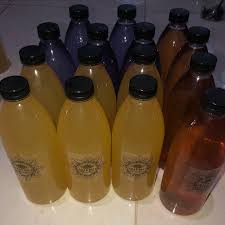
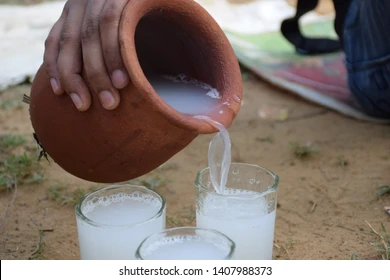
Conclusion
Indonesian cuisine is a patchwork of flavours and styles that tell the story of the country’s history and culture. It is not, however, a culinary paradise. The food is uneven at best and often oily, sweet, and repetitive. If you travel to Indonesia, Timor, or Maluku, adjust your expectations and be ready to search hard for the highlights. Some dishes like rendang or babi guling stand out, but the overall impression is of a cuisine that is more interesting for its cultural significance than its taste.
If you embrace Indonesian cuisine as part of the travel experience rather than a gourmet adventure, you will enjoy your meals more. Eat at street stalls, drink local palm wine or arak, and soak up the atmosphere. But do not expect the kind of refined food you might find in neighbouring countries.
Indonesian cuisine is what it is, a vast, diverse, often greasy, and occasionally rewarding journey through one of the world’s largest archipelagos.
Click to check our Indonesia Tours.





